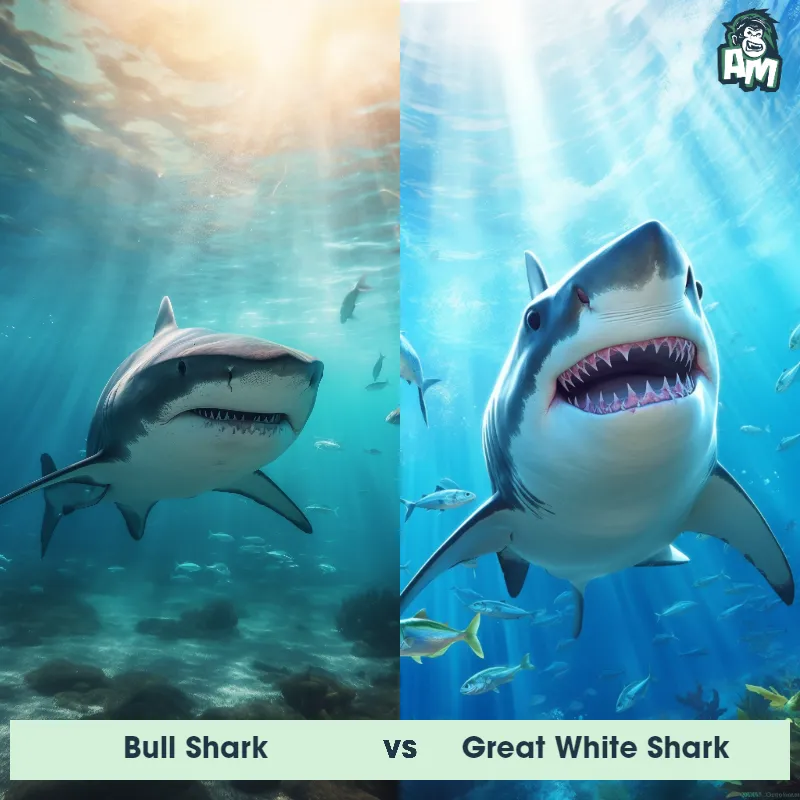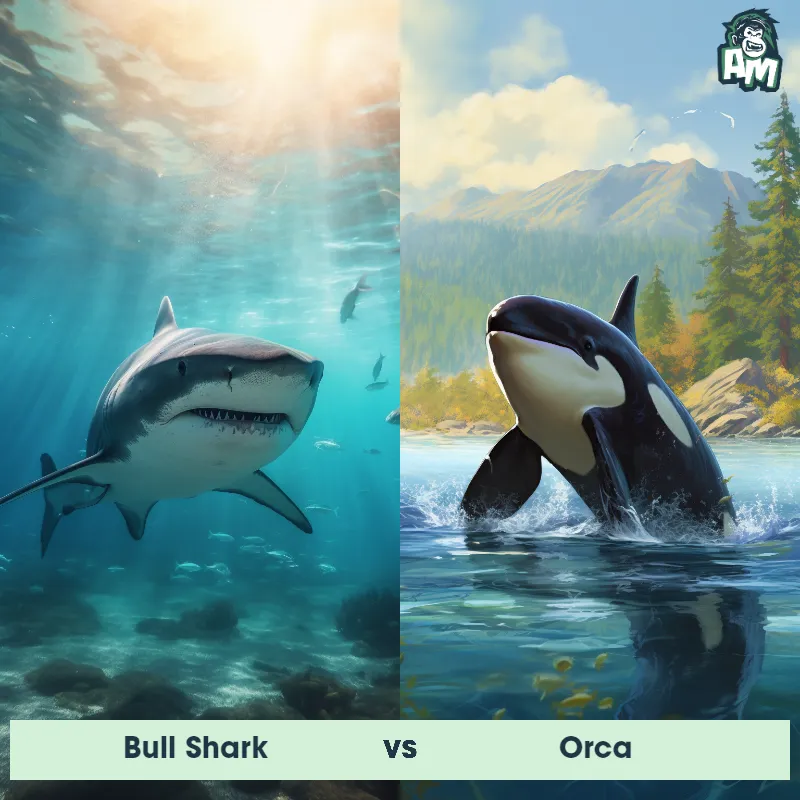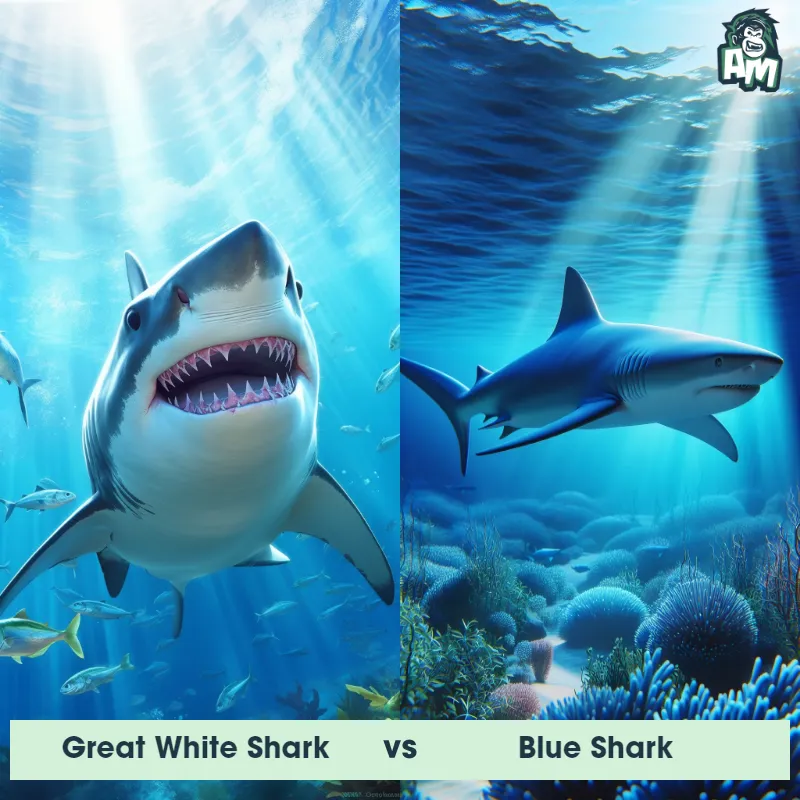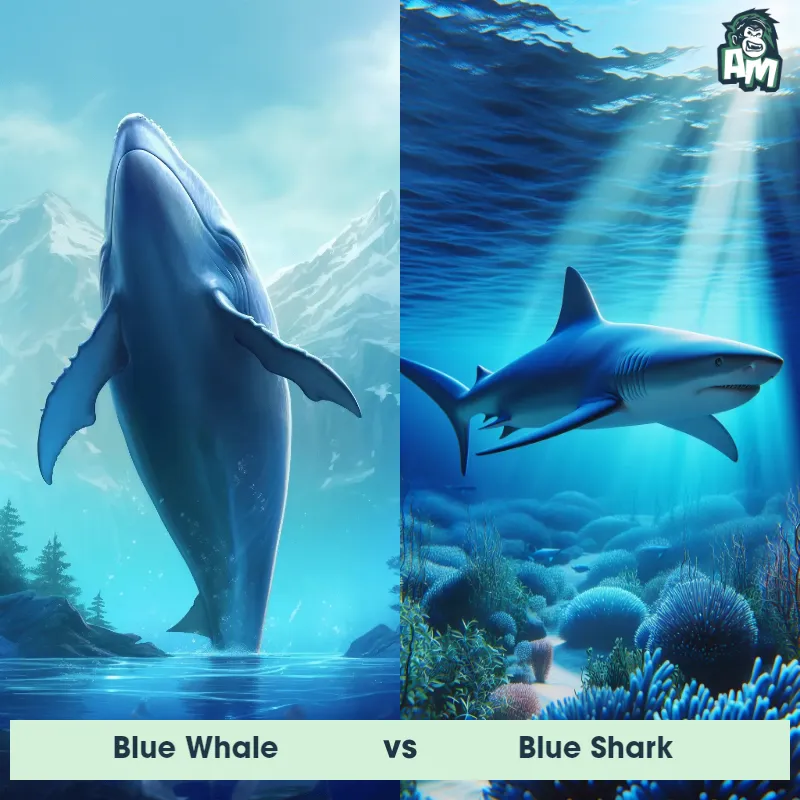Bull Shark vs Whale SharkSee Who Wins

Ladies and gentlemen, welcome to a thrilling showdown here at the Animal Matchup! We have an epic battle for you today between two formidable predators of the deep, the Bull Shark and the Whale Shark. These marine powerhouses are ready to unleash their skills and secure domination in the vast ocean arena. Get ready for a fight that will leave you in awe!
Contender 1: Bull Shark
The Bull Shark, also known as the Zambezi Shark, is a large predatory fish found in warm coastal waters and freshwater rivers around the world. They are known for their aggressive behavior and ability to tolerate freshwater, allowing them to swim far up rivers. Bull Sharks have a stocky build, with a grey or brownish coloration and a short, broad snout filled with sharp teeth. They can grow up to 11 feet long and weigh over 500 pounds.
Fun Fact: Bull Sharks are known for their ability to swim in freshwater rivers, and have been found as far up the Mississippi River as Illinois.
Contender 2: Whale Shark
The Whale Shark, known scientifically as Rhincodon typus, is the largest fish species in existence, reaching lengths of up to 40 feet and weighing around 20 tons. This gentle giant has a distinctive flattened head, a wide mouth lined with rows of small teeth, and a broad, rounded snout. Its body is covered in a unique pattern of light spots and stripes against a dark blue-gray color, which helps in camouflage. Despite its massive size, the Whale Shark is considered a filter feeder, sieving huge volumes of water through its gills to capture tiny plankton, small fish, and even small squid.
Fun Fact: The Whale Shark holds the title for being the largest fish in the ocean, but it is actually not a whale at all! It is a species of shark, classified under the order Orectolobiformes, which includes other well-known sharks like the Nurse Shark and the Wobbegong Shark.
Matchup Stats
| Bull Shark | Whale Shark | |
|---|---|---|
| Size | Up to 11 feet (3.4 meters) | Up to 40 feet (12 meters) |
| Weight | Over 500 pounds (227 kilograms) | Around 20 tons (18,000 kilograms) |
| Speed | Speed: 25 mph (40 km/hr) | 3mph (5km/h) |
| Key Strength | Powerful bite force and aggressive behavior | None |
| Biggest Weakness | Vulnerable to attacks on the gills and eyes | None |
Current Votes
Bull Shark vs Whale Shark
See Who Wins
View More Matches
Looking For More?
Similar Matches
Scientific Stats
| Bull Shark | Whale Shark | |
|---|---|---|
| Scientific Name | Carcharhinus leucas | Rhincodon typus |
| Family | Carcharhinidae | Rhincodontidae |
| Habitat | Warm coastal waters and freshwater rivers | Open ocean |
| Geography | Found worldwide in tropical and subtropical regions | Tropical and warm waters worldwide |
| Diet | Carnivorous, feeding on fish, dolphins, turtles, and other sharks | Plankton, small fish, and small squid |
| Lifespan | 12 years - 16 years | 70 years - 100 years |
Key Differences between Bull Shark and Whale Shark
- Size: The Bull Shark is significantly smaller, averaging between 7 to 11 feet in length, while the Whale Shark is the largest fish in the world, often reaching lengths of up to 40 feet or more.
- Dorsal Fins: Bull Sharks have relatively tall and pointed dorsal fins, while the Whale Shark possesses significantly larger and more rounded dorsal fins, positioned further back on its body.
- Snout Shape: The snout of a Bull Shark is more pointed and rounded, resembling that of a typical shark, whereas the snout of a Whale Shark is very broad and almost rectangular in shape.
- Teeth: The Bull Shark has sharp, triangular teeth, ideal for capturing and tearing prey, while the Whale Shark has small, non-functional teeth as they feed primarily on filter-feeding, planktonic organisms.
- Coloration: Bull Sharks have a grey or brownish-gray coloration on their upper body, along with a lighter belly, while Whale Sharks have a distinct pattern of light spots and stripes on a dark blue or gray body.
- Body Shape: Bull Sharks have a robust, streamlined body with a broad, flat snout, giving them a somewhat stocky appearance, whereas Whale Sharks have a thick, elongated body with a flat, wide head and a large, terminal mouth.
































